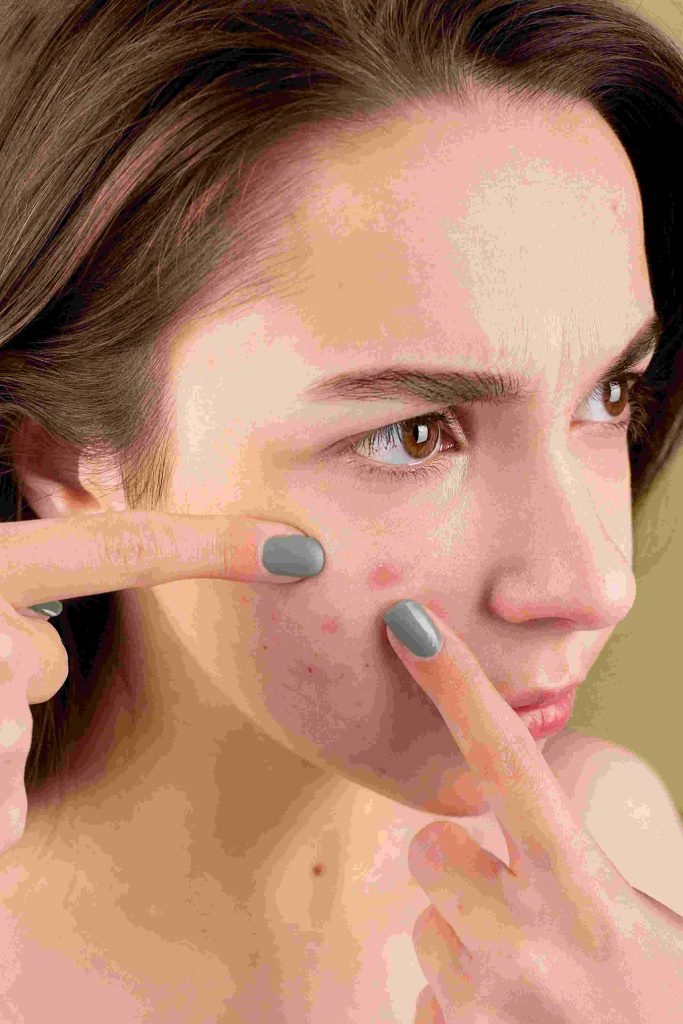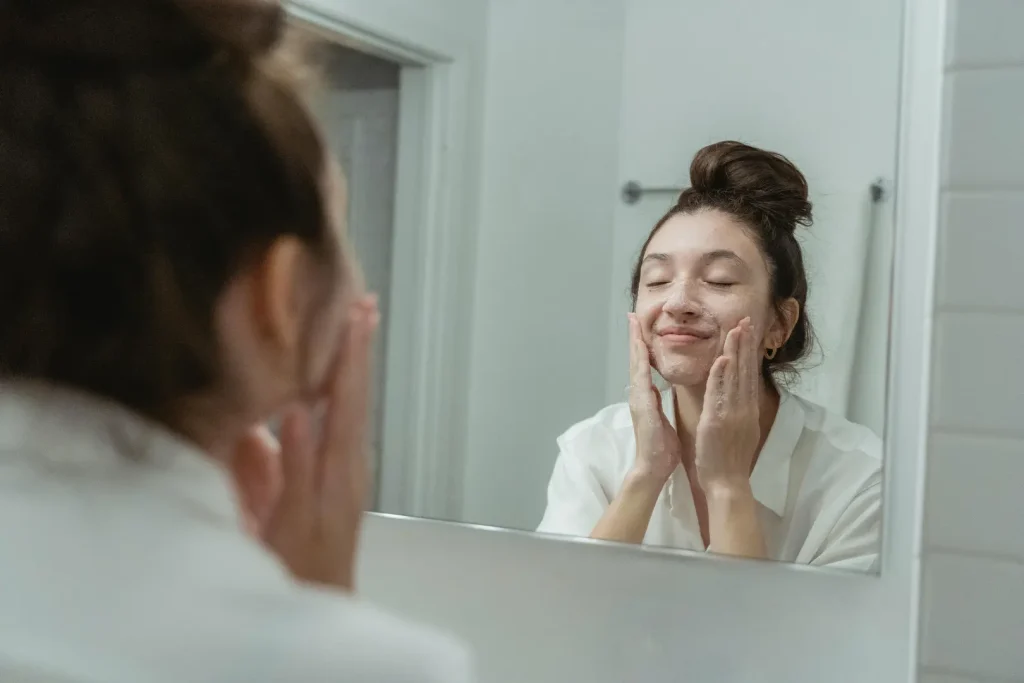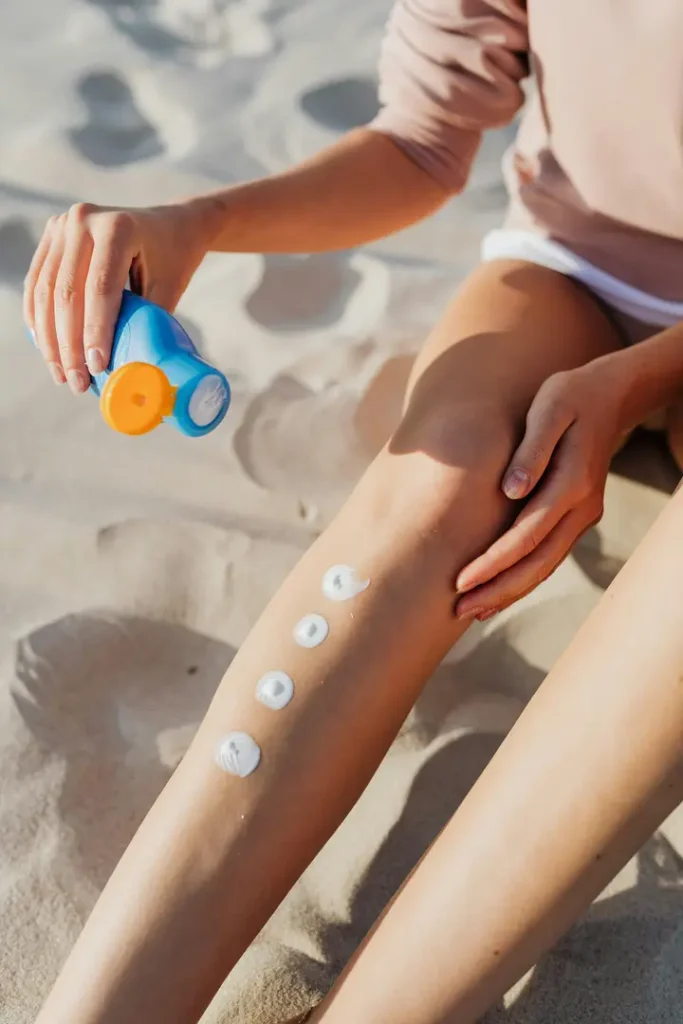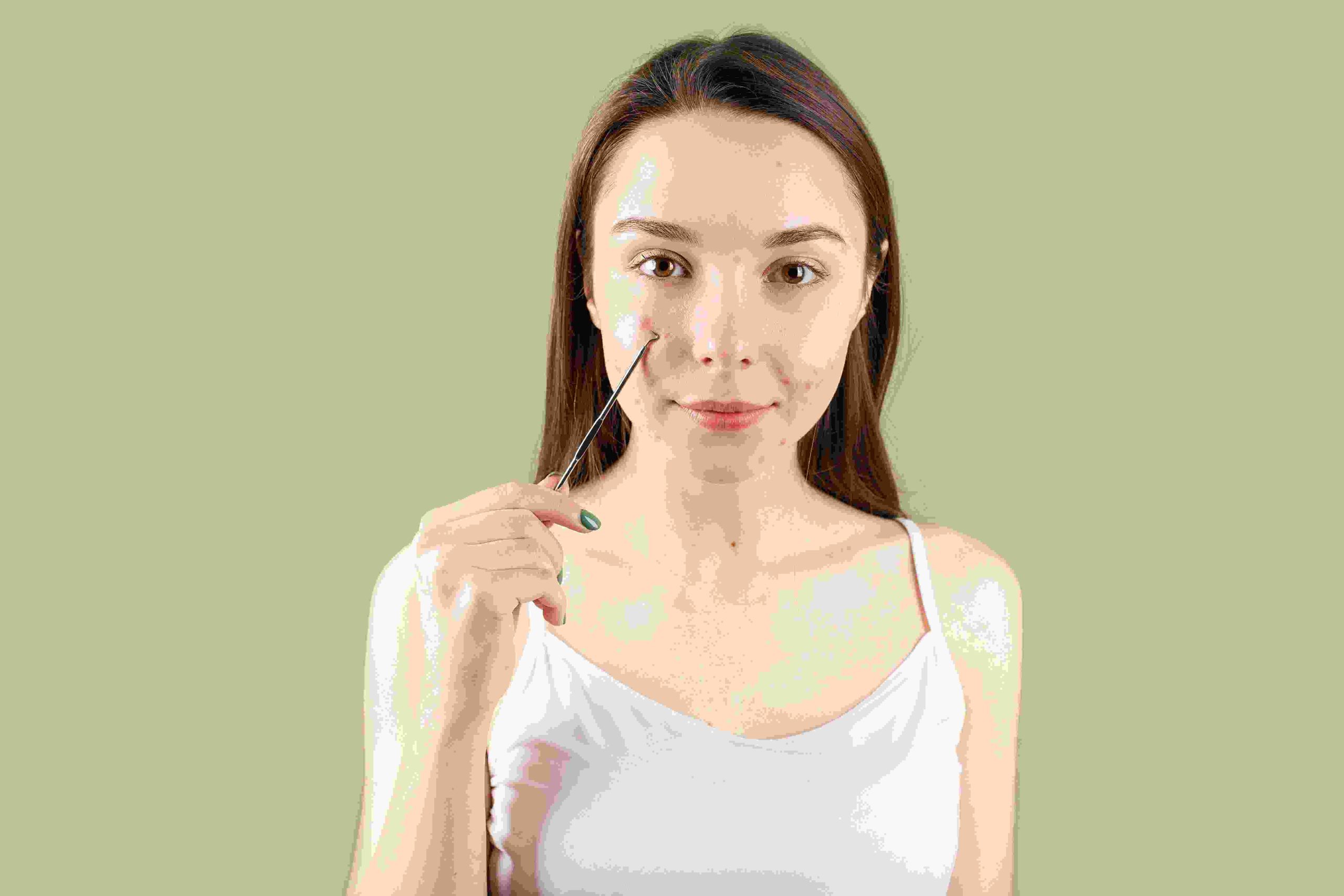
Cystic acne is one of the most painful and stubborn forms of acne. Unlike surface-level pimples, cystic acne forms deep beneath the skin, creating swollen, red, and often tender lumps that can last for weeks. It’s common on the jawline, cheeks, and chin, and it’s notorious for leaving behind scars if not treated properly.
If you’ve ever dealt with cystic acne, you know how frustrating it can be—not just physically, but emotionally. The good news? You can manage it effectively with the right approach. This guide will walk you through how to treat cystic acne without causing long-term damage, using dermatologist-backed strategies and gentle home care.
What Is Cystic Acne?
Cystic acne is a severe type of inflammatory acne caused by bacteria, excess oil, and dead skin cells trapped deep within hair follicles. Unlike whiteheads or blackheads, cysts don’t come to a head and shouldn’t be popped. They often feel like hard, painful lumps under the skin and can lead to acne scarring if handled aggressively.
Common triggers include:
- Hormonal fluctuations (especially during menstruation or puberty)
- High-glycemic diets (sugar, dairy, processed carbs)
- Stress and poor sleep
- Heavy or comedogenic skincare products
Step 1: Cleanse Gently, But Consistently

Start with a gentle cleanser that removes oil and bacteria without stripping your skin. Look for ingredients like:
- Salicylic acid – penetrates pores and reduces inflammation
- Benzoyl peroxide – kills acne-causing bacteria
- Niacinamide – calms redness and regulates oil
Avoid scrubbing or using harsh exfoliants. Over-cleansing can irritate the skin and worsen inflammation.
Recommended Products: - CeraVe Acne Foaming Cleanser
- La Roche-Posay Effaclar Medicated Gel
- The Ordinary Squalane Cleanser (for sensitive skin)
Step 2: Spot Treat with Care
Cystic acne doesn’t respond well to typical spot treatments. Instead of drying it out, focus on reducing inflammation and swelling.
Best Ingredients for Spot Treatment:
- Sulfur – reduces oil and bacteria
- Tea tree oil – natural antibacterial and anti-inflammatory
- Hydrocortisone cream – calms swelling (use sparingly)
- Ice compress – reduces pain and inflammation
Pro Tip: Apply ice wrapped in a clean cloth for 5–10 minutes twice a day to reduce swelling naturally.
Step 3: Moisturize and Protect
Even oily, acne-prone skin needs hydration. Use a non-comedogenic moisturizer to maintain your skin barrier and prevent dryness, which can trigger more oil production.
Look for:
- Lightweight gel formulas
- Ingredients like hyaluronic acid, aloe vera, or ceramides
Recommended Products: - Neutrogena Hydro Boost Gel Cream
- Paula’s Choice Clear Oil-Free Moisturizer
- COSRX Centella Blemish Cream (for calming redness)
Step 4: Sunscreen Is Non-Negotiable

UV exposure can worsen inflammation and increase the risk of acne scarring. Choose a broad-spectrum SPF 30+ sunscreen that’s oil-free and designed for acne-prone skin.
Top Picks:
- EltaMD UV Clear Broad-Spectrum SPF 46
- La Roche-Posay Anthelios Clear Skin SPF 60
- Supergoop! Unseen Sunscreen SPF 40
Bonus: Sunscreen also helps fade post-acne marks and hyperpigmentation over time.
Weekly Add-Ons for Cystic Acne Management
To support your daily routine, add these treatments 1–2 times per week:
- Clay Masks: Absorb excess oil and calm inflammation
- Chemical Exfoliants: Use BHA (salicylic acid) or AHA (glycolic acid) to prevent clogged pores
- LED Therapy: Blue light can kill acne-causing bacteria and reduce swelling
Avoid physical scrubs or pore strips—they can damage inflamed skin and worsen cysts.
Lifestyle Tips to Prevent Cystic Acne
Cystic acne often reflects internal imbalances. Here’s how to support your skin from the inside out:
- Stay hydrated: Water helps flush toxins and regulate oil
- Eat anti-inflammatory foods: Omega-3s, leafy greens, berries
- Limit dairy and sugar: These can spike insulin and trigger breakouts
- Get enough sleep: Poor sleep increases stress hormones
- Manage stress: Try meditation, journaling, or light exercise
When to See a Dermatologist
If cystic acne persists despite your efforts, professional help is essential. A dermatologist may recommend:
- Topical retinoids (like tretinoin)
- Oral antibiotics (to reduce bacteria and inflammation)
- Hormonal treatments (like birth control or spironolactone)
- Isotretinoin (Accutane) for severe, resistant cases
Early intervention can prevent long-term scarring and emotional distress.
Emotional Impact of Cystic Acne
Cystic acne isn’t just a skin issue—it can affect your confidence, social life, and mental health. If you’re feeling discouraged, know that you’re not alone. Many people struggle with acne at different stages of life, and there are solutions that work.
Be kind to yourself. Healing takes time, and progress isn’t always linear.
Learning how to treat cystic acne without causing scars is about patience, consistency, and gentle care. Avoid aggressive squeezing or harsh products. Instead, build a routine that calms inflammation, supports healing, and protects your skin barrier.
With the right products, habits, and mindset, you can reduce breakouts, prevent scarring, and feel more confident in your skin. And if you ever feel stuck, don’t hesitate to reach out to a dermatologist—professional guidance can make all the difference.

Leave a Reply